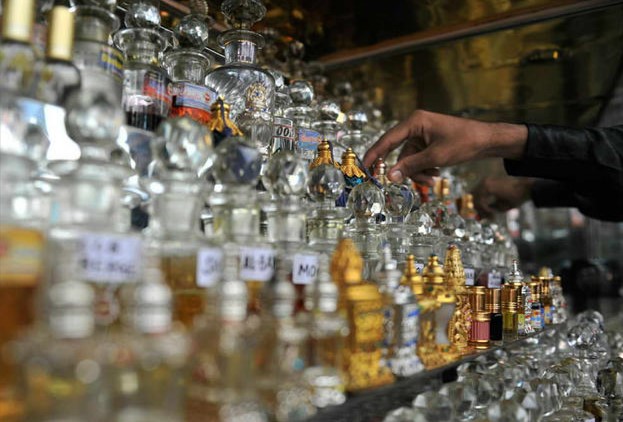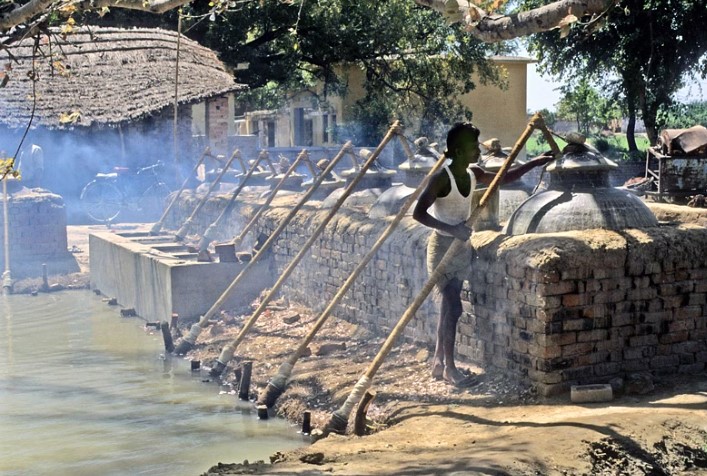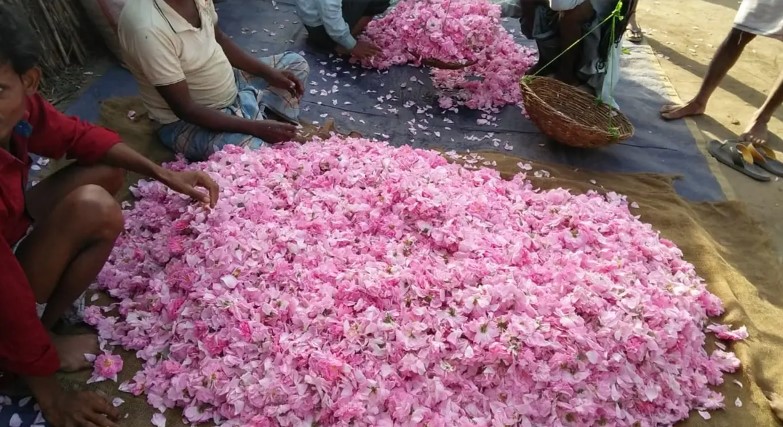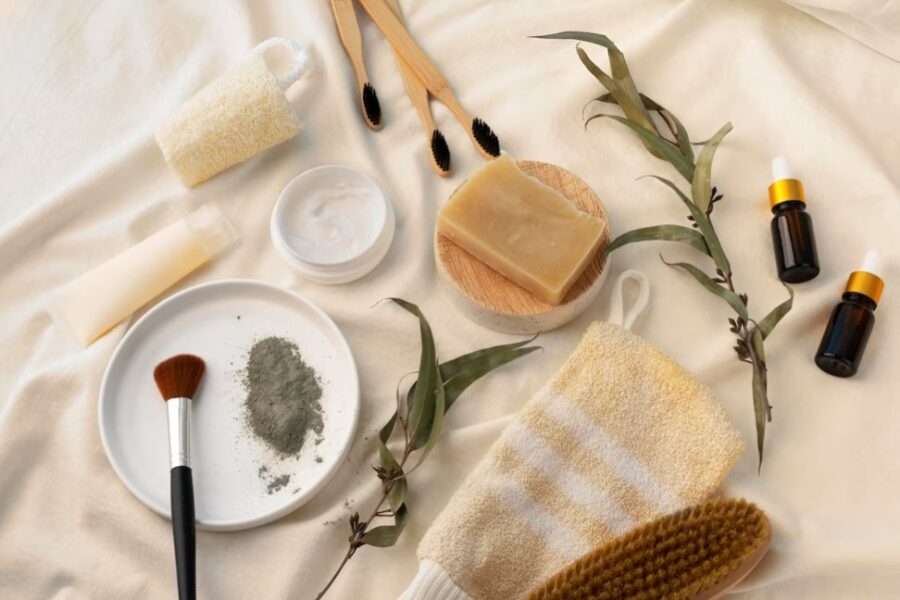
Have you ever smelled the aroma of freshly-rained rain on a field that has been scorched in the sun? This town's Indian perfume makers have mastered the craft of capturing this wonderful scent.
Enjoy the beautiful earthy scent that the first rain of the season brings? This ethereal essence, also known as petrichor, is made up of a variety of molecules that rises from soil that has been waiting impatiently for rain. If you've ever wished you could bottle up the delightful smell of moist earth, it was long ago made feasible in an ancient city in Uttar Pradesh.
The perfume of petrichor is distilled into miniature glass vials at Kannauj. It is a small town on the banks of river Ganga that has long protected the secret of traditional Indian perfumes for centuries.
This city, sometimes referred to as the "Grasse of the East" and "India's Perfume Capital," has a long history of producing aromatic goods.

History of Itr-e-khaki
When the monsoon rains first hit the soil, the fabled perfumers of ancient Kannauj devised a unique aroma that would capture that scent. It was distilled using age-old methods from dried clay and is now referred to as mitti attar, or "Earth's perfume." It also goes by the name itr-e-khaki
Renowned for their wonderful attars, the perfumeries in Kannauj were located along the ancient path of the smell trade that transported fragrances from India to the Middle East. Kannauj's perfumers also produced the fragrant oils that Mughal Emperors were so incredibly fond of .
The origin of the city's perfume business is described in a tradition in Abul Fazl's historical biography of Akbar, Ain-I-Akbari.
The story goes as follows: At Jahangir's palace in Agra, a servant observed some rose oil dripping from the surface of Noor Jehan's bathing pool. The man from Kannauj believed that rose petals and warm water accidentally generated the oil, and he likely came up with the steam-and-condense method to extract it.
The making of the perfume of petrichor
Even today, in Kannauj's old perfumeries, sinewy artisans tend to flames beneath rusty copper cauldrons or degs to create this fantastic perfume known as mitti attar. Deg bhapka, the distillation process, is extremely slow and protracted, with little indication of contemporary technology or industrial apparatus.

The copper deg has its own water trough and fireplace that it is constructed on top of. It is attached to the bhapka, a bulbous condenser that collects the aromatic liquid after distillation.
Little clay fragments are created, baked in the sun, and then placed in the degs, In neighboring communities. Instead of vetiver roots and flower petals, the artisans put these fragments of partially baked clay into the deg, cover them with water, hammer a lid down on top, and seal it with mud.
Before plunging the bhapka into the water trough with sandalwood oil, they build a fire beneath using wood or cow dung. A hollow bamboo conduit connects the deg and bhapka.
It transports the heady vapors from the boiling pot into the receiver, where they combine with the sandalwood oil foundation. The receiver is replaced every few hours to stop the condensation, and the temperature is lowered with damp towels.
Previously kept in camelskin pockets, the scents are now housed in bottles made of buffalo leather. In order to enable the extra water to evaporate and for the actual aroma of attar to develop—warm, organic, and mineral-rich—the fragrant essential oil trapped in the sandalwood oil base, encased in these leather bottles or kuppis, is placed in the sun.

All these perfumes are protected under the Geographical Indication (GI) tag of Kannauj Perfumes under the GI Act 1999 of the Government of India.
Follow the link to discover more fragrances from the city of perfumes.
To conclude
The centuries-old facades of abandoned ancient perfume homes that once lined Kannauj's streets may still be seen today, giving the entire city a medieval appearance. There are approximately 250 perfumeries in Kannauj, many of which are on the verge of going out of business. It appears as though everyone there is involved in attar production in some way.
While others may be seen searching through the mounds of flowers and herbs at the chaotic Vijay Market. Skilled hands and noses are busy blending the rare and exquisite components that go into these unique scents.
You may also like: Sustainability lessons from Ancient India






